- Who to Contact
- Logos
- Color Palette
- Typography
- Photography
- PowerPoints
- Business Cards
- Letterheads & Fax Cover Sheets
- Email Signatures
DNR Sub Brands
Click your division below to see specific branding guidelines for your division.
Commissioner's Office | State Parks & Historic Sites | Wildlife Resources | Coastal Resources | Law Enforcement | Environmental Protection
Who to Contact
If you have questions, need guidance, or would like something created for your communications project, please see the chart below on who to contact.
| Branded Material Approval | Natalie Andes | natalie.andes@dnr.ga.gov |
| Graphic Design | Sara Califf | sara.califf@dnr.ga.gov |
| Print Materials | Sara Califf | sara.califf@dnr.ga.gov |
| Signage Approval | Sara Califf | sara.califf@dnr.ga.gov |
| Stationary/Letterheads/PowerPoints | Sara Califf | sara.califf@dnr.ga.gov |
| Social Media | Natalie Andes | natalie.andes@dnr.ga.gov |
| Press Releases | Melissa Cummings | melissa.cummings@dnr.ga.gov |
| News or Event Photography | Natalie Andes | natalie.andes@dnr.ga.gov |
| Outreach/Marketing Photography | Natalie Andes | natalie.andes@dnr.ga.gov |
| Paid Advertising | Melissa Cummings | melissa.cummings@dnr.ga.gov |
| Editorial Assistance | Melissa Cummings | melissa.cummings@dnr.ga.gov |
| Website | Sara Califf | sara.califf@dnr.ga.gov |
| Video Requests | Natalie Andes | natalie.andes@dnr.ga.gov |
| Email Signature | Sara Califf | sara.califf@dnr.ga.gov |
| Promotional Items | Melissa Cummings | melissa.cummings@dnr.ga.gov |
| Outreach/Event Assistance | Melissa Cummings | melissa.cummings@dnr.ga.gov |
Logos
Program & Event Logos
Program and event logos may be created for marketing and promotional purposes only. Requests for program and event logos must be approved by Public Affairs. Requests may be denied in the event that the request does not fit within the WRD logo and brand suite.
- Program and event logos are only to be created by the WRD Graphic Designer using the WRD brand toolkit. This is to ensure all logos are cohesive and align with the WRD brand design.
- Program and event logos may be used on promotional items, print materials where approved, and within outreach presentation PowerPoints. Always use the accepted PowerPoint templates.
- Program and event logos may be printed on signs so long as the sign has one of the official WRD logos or text that clearly labels the event as a GADNR Wildlife Resources event.
- Program and event logos are not permitted for use as backdrops for television tapings or media interviews. If a logo backdrop is necessary, please use one of the official WRD logos.
- Per DNR Uniform Policy, hats and shirts with program and event logos are not allowed to be worn while on duty.
- WRD Uniform Policy: https://dnrintranet.org/sites/default/files/wrd/pdf/SOP/WRD-U-001.pdf
- Commissioner’s Memo | Manner of Dress: https://dnrintranet.org/sites/default/files/wrd/pdf/SOP/WRD-U-001_Attachment1.pdf
Because of their value, any mark that is intended to represent DNR is the property of DNR and must fit all guidelines below. The wordmark may be used non-commercially by DNR staff as long as used appropriately within the guidelines set forth in this manual.
Wordmark

- While the preferred logo should be used whenever possible, there is also a black version (and white) available to accommodate special graphic situations. Please consult with the Public Affairs contact at the beginning of this page prior to use.
- When this logo is used, the standard position, proportion (aspect ratio) and relative size relationship between the logotype elements must be maintained. This means that no elements of the logo may be larger or smaller in proportion to each other than the example.
- When sizing the logo, in most software applications, you can drag the corner sizing handle when resizing to maintain proportion. This will keep the logo from being stretched out of proportion, becoming either too tall or too wide.
- The elements of the logotype may not be placed closer together or further apart than shown in the example, nor may they be arranged differently from the example.
- When printed, the logo should never be smaller than 1.5" wide, or 450 pixels at 300 DPI.
- The logo should never be tilted or rotated.
Examples of incorrect wordmark usage include:
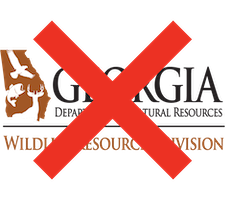 | 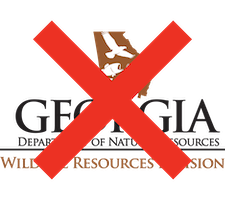 | 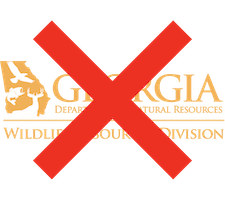 | 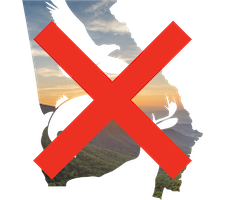 |
Do not stretch logo disproportionally. Always use the corner sizing handles. | Do not rearrange elements to create a different logo. | Do not change colors of the logo. | Do not overlay images in the logo. |
Logo Files
Download the logo in different formats.
Brandmark
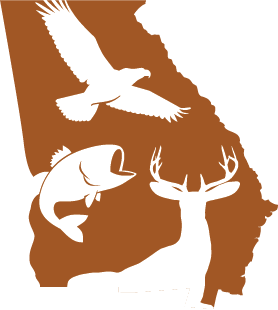
The brandmark, or identifying graphic in the logo itself, may be used on certain occasions where the entire logo may not be necessary.
- These occasions would typically include logo use for social media posts and certain print materials where letters would overwhelm the design. Use of the brandmark by itself must be approved by Public Affairs before publication. Please view the Who to Contact table for approval.
- Follow the same rules as to how to not use the brandmark as the wordmark.
Brandmark Files
Download the brandmark in different formats.
Color Palette
A strong color palette can immediately identify your communication when paired with the brandmark. Colors are just bold enough to catch the visitor’s eye, while the earthy, warm tones invite them to stay. Accurate color reproduction is critical; therefore, our swatches have several types of input numbers depending on the end result.
NOTE: Georgia Clay is the primary color of WRD. Other colors should not be used without the presence of Georgia Clay.
Georgia Clay
Pantone 160 C
CMYK 0 47 83 37
RGB 161 86 28
HEX (Web) #A1561C
Diamondback Diamond
Pantone 732 C
CMYK 0 51 91 67
RGB 85 41 7
HEX (Web) #552907
Oystercatcher Eye
Pantone 2025 C
CMYK 0 41 73 7
RGB 238 140 65
HEX (Web) #EE8C41
Waters of Lake Burton
Pantone 316 C
CMYK 100 12 0 67
RGB 0 74 85
HEX (Web) #004A55
Skies Over Sapelo
Pantone 2235 C
CMYK 83 10 0 37
RGB 28 145 161
HEX (Web) #1C91A1
Typography
Fonts used by WRD convey a certain personality and perpetuate our mission to sustain, enhance, protect and conserve Georgia's natural, historic and cultural resources. They reflect what we all truly believe in.
If you'd like these fonts, please contact sara.califf@dnr.ga.gov.
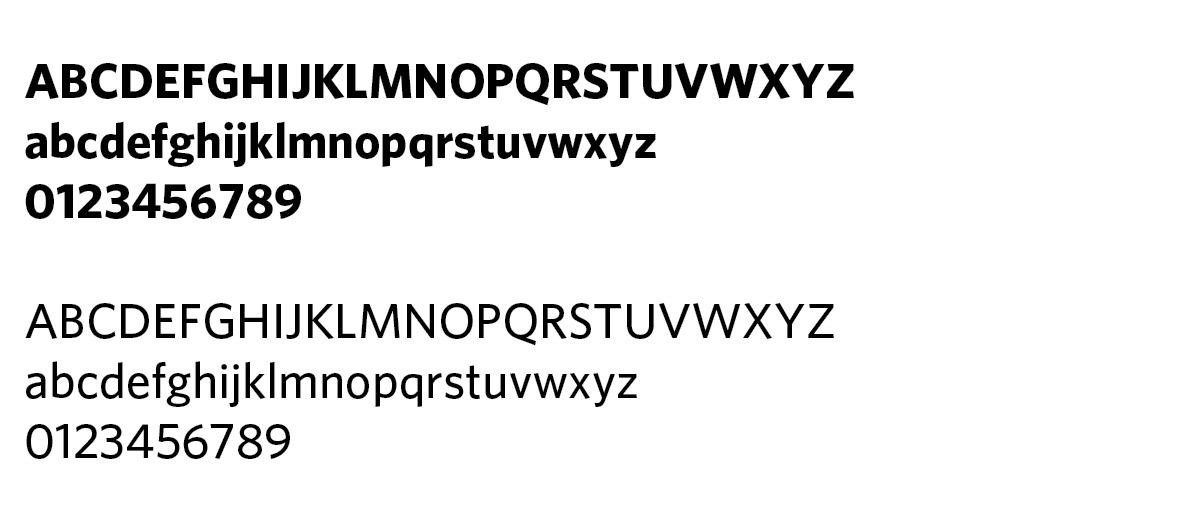 | 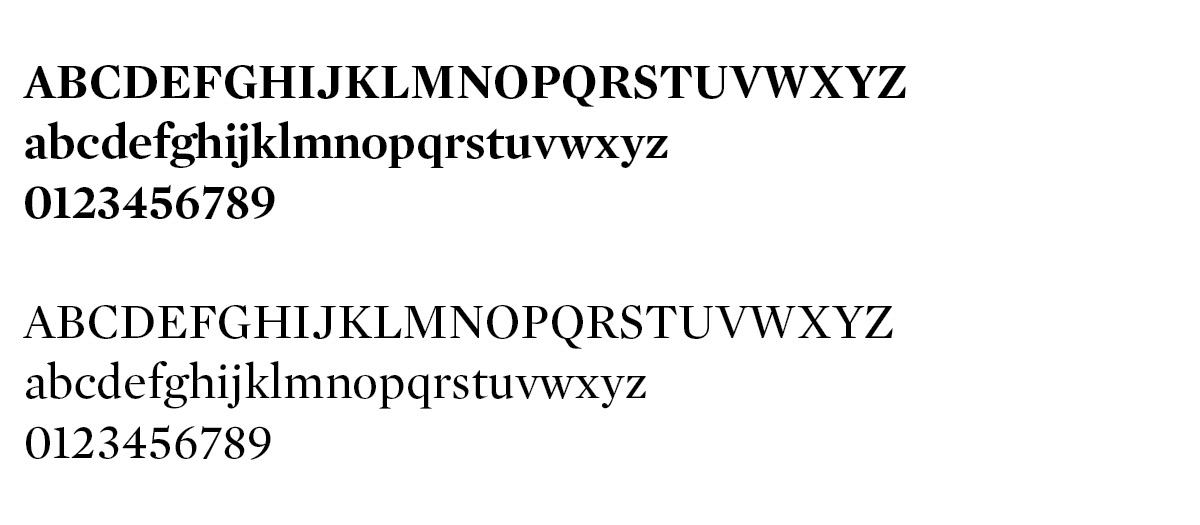 | 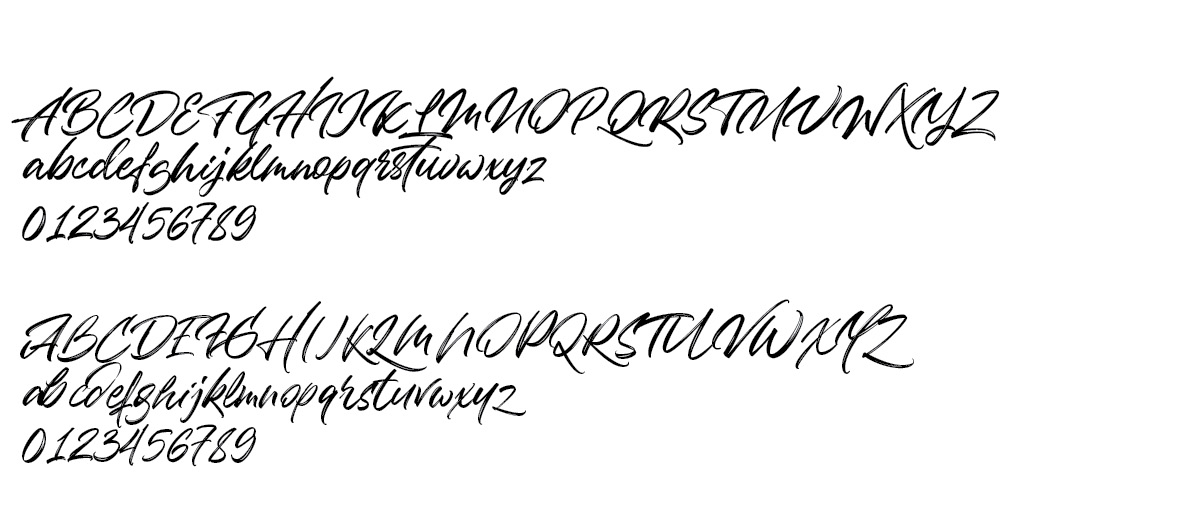 |
| Whitney is the flagship font for WRD. It's playful outlines and range of thin through thick choices make it optimal for just about any use. Versatile and pairs well with Mercury Display when acting as a header or as paragraph text. | Mercury Display: a classic but interesting serifed font. Mercury Display empowers text, making it official, constitutional and strong. | Badass Moon is a new, fun addition to WRD's font selections. Adds a personal, exciting twist to headers and single words/short taglines. This font needs approval before use. |
Photography
Photography is an important tool. Best practices include:
- Put the subject in a relevant context and environment.
- Capture moments of real emotion: tenacity, spirit, challenge and achievement.
- Capture action and energy but keep the photo casual in attitude.
- Avoid posing subjects. Let them move around, perform their job and get comfortable.
- Strive for a feeling of vitality.
- Try for a “natural” feeling, as if the subject is unaware of the camera.
- Obtain permission if photographing the general public.
- Most smartphones take excellent photography for general everyday use. It is best practice to turn the phone sideways (longways) to capture the best photo.
- Use the “rule of thirds” to capture the best parts of a setting: an image should be imagined as divided into nine equal parts by two equally spaced horizontal lines and two equally spaced vertical lines, and that important compositional elements should be placed along these lines or their intersections. Example:

Examples of good photography:
























